It was the decade that brought Hurricane Andrew, asbestos, and a seismic shift in the scope and importance of risk management
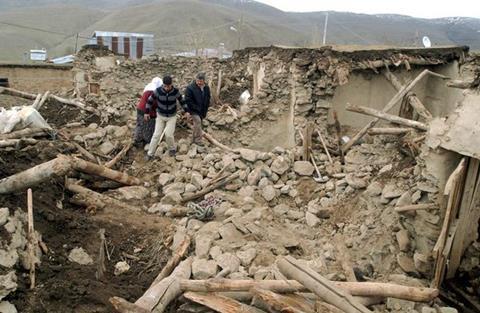
The 1990s signalled a new era for risk management in Europe. While major natural catastrophes put pressure on the insurance market, major trends, such as ever-increasing regulation and corporate globalisation, began to exert far-reaching and continuing influence, shaping the risk management landscape of today.
Ferma president and Pirelli group risk management director Jorge Luzzi believes that major external events stimulated
the development of risk management in the 1990s.
“When we analyse natural catastrophes, Hurricane Andrew [in 1992] comes immediately to mind as one of the biggest natural catastrophes of the 1990s, not only because it was a category 5 storm when it arrived at the coast of south Florida, but also for its almost $27bn [€21bn] impact on the economy. Andrew was a good school for managing other catastrophes of its kind because of the lessons for future risk mitigation measures,” he says.
Luzzi also points to the 1999 earthquake in Izmit, Turkey. “This was quite symbolic of the impact of natural catastrophes in developing countries. Izmit was and is an industrial centre, and several European multinational companies suffered as a result of this event. It was the first big demonstration of the impact of a catastrophe on their logistic supply chains.”
There was a realisation that practices that had served the market well for many years were beginning to fall away’
David Simmons, Willis
The earthquake also pointed to a new way to deal with construction in regions with such seismic characteristics all around the globe.
According to Willis ERM head and analytics managing director David Simmons, the major losses that occurred in the late 1980s and early 1990s caused big shifts in the insurance market.
“There was a realisation that practices that had served the market well for many years were beginning to fall away. Insurers began to realise that they needed to change,” he says.
“At the same time, tools like catastrophe risk models began to become available. Underwriters started using their in-house computer systems to build and develop risk management techniques that allowed them to perform active risk management.”
Asbestos crisis
It was not just natural catastrophes that caused ripples through the insurance market. Ferma secretary-general Pierre Sonigo says: “The asbestos crisis, which plunged into difficulty even such a temple of insurance as Lloyd’s, was felt as a psychological shock and a major surprise. Claims of a previously unknown magnitude could threaten large insurers and even the oldest British institution, and previously unknown exclusions started to appear in insurance contracts, first for asbestos, then pollution.”
Allianz Global Corporate & Specialty France chief executive Thierry van Santen - who was former Danone group head of risk management, Amrae president from 1992 to 1998 and Ferma president from 2001 to 2005 - points to the fact that insurance cover began to broaden during the decade.
“We went from policies that focused on fire and external events coverage, boilers and machinery, business interruption and so on, to covers that included other eventualities such as flood and earthquake,” he says.
Sonigo agrees. “‘All risks except’ covers in property and liability emerged - even contracts that grouped together property, liability, transport and automobile in one and the same policy. If the client wanted it, these contracts became pluri-annual, lasting three or five years. However, all these innovations, though interesting, did not last long and today have about disappeared,” he says.
Simultaneously, changes in regulation spelt strong liberalisation for the European insurance industry and increased competition. Van Santen says: “At the end of the 1980s and beginning of the 1990s, many national markets were tightly controlled by the local insurance associations, which drove prices by imposing rate tariffs. Gradually the barriers came down. The EU single market directive meant that it was possible to issue a single policy for all a company’s risks in the member states, rather than having local policies in each country.”
Insurance market consolidation also reduced the number of insurers involved in underwriting international business, with just a few players emerging as leaders.
Globalisation
These were important developments in the light of another emerging trend: globalisation. Gras Savoye’s deputy managing director in charge of sales and client strategy, Renaud de Pressigny, says that for many companies the 1990s marked the start of a new global approach.
”Large industrial corporations began moving most, if not all, of their production to developing countries, while companies were seeking to expand internationally, discovering new markets,” he says. “The result was exposure to hitherto unknown risks.” It is, of course, a trend that has continued to the present day.
In addition, says Luzzi, there was an event of seismic proportions in the electronic world. “The genesis of the internet took place during the 1960s, but the real worldwide impact occurred during the 1990s. Since 1995, the internet has had a drastic impact on culture and commerce, including the rise of near-instant communication by electronic mail, instant messaging, voice over internet protocol and now blogs and social networking, as well as online shopping
and trading.
“This change of technology modified quite drastically the risk management, loss prevention and security approach
to everything.”
Before this, some companies had a director of insurance whom brokers pompously called ‘risk manager’ out of flattery’
Pierre Sonigo, Ferma secretary-general
The 1990s were also a decade of political upheaval. The decline of the Soviet Union had been foreseen for more than 10 years. Its collapse occurred not because of sophisticated weaponry but a poor economy that remained so for many years and could never sustain any political system. Luzzi says that, in the aftermath, the world went to eastern Europe to invest, “but integration has been slow, and several decisions in risk management were later modified”.
For Sonigo, the outstanding feature of the 1990s was the development of the role of the risk manager in European businesses. “Before this, some companies had a director of insurance whom brokers pompously called ‘risk manager’ out of flattery,” he says. “His role was often limited to his country of origin, and his place in the corporate hierarchy was
not high.”
A true science at last
“Then the role of risk manager became more important, allocated to a senior executive whose functions extended across all the group’s worldwide activities,” Sonigo adds. “He or she would put in place global programmes for risk prevention and for insurance.
“The management of risks became a true science [the cindyniques, a term coined in the Sorbonne for groups studying risk] and was taught in universities and other important academic institutions. Having started with US risk managers as their role models, European risk managers overtook them in the extent of their responsibilities, increased position in their organisations and their qualifications,” Sonigo says.
Day by day, the world at large became more sensitive to risks and their consequences (such as the Exxon Valdez oil spill, the collapse of the Soviet Union, the European windstorms at the end of 1999). The result, says Sonigo, is that risk managers suddenly found that everyone recognised
their role.
The birth of amrae
Amrae president and mining group Eramet’s director of risks and insurance Gilbert Canameras comments:
“Two associations of French insurance buyers met in the early 1990s and organised a first congress in Bordeaux in 1992 to see if they could produce together some relevant scientific contents.
“It was a real success. Therefore, they decided to merge. Amrae was created three months later with two key aims:
- to establish a strong platform to influence the insurance and broking markets to improve their skills and processes; and
- to promote the development of enterprise risk management – a small number of participants had encountered the concept in the USA and saw the value of adapting this for incorporation in the French culture.”
Decade of change
- A spate of natural catastrophes, putting pressure on insurers as well as their clients
- Liberalisation of the European insurance markets with broader policy wordings and the emergence of international business insurance leaders
- More companies embracing globalisation - and consequent exposures to ‘new’ risks
- The internet ‘took off’ – creating a whole new set of risks
- Political upheaval presenting both challenges and opportunities to the industry
- The transformation of insurance buyer into risk manager - and wider appreciation of the role





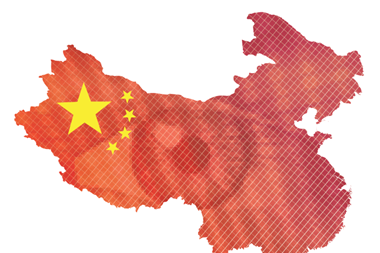

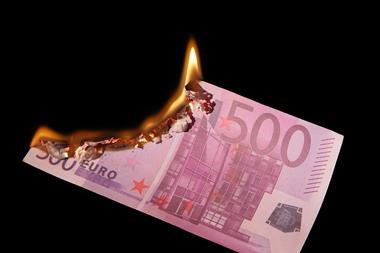
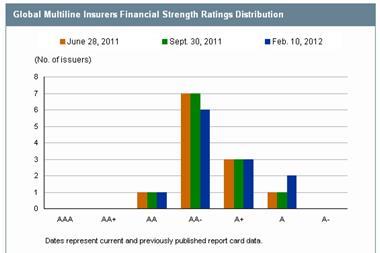
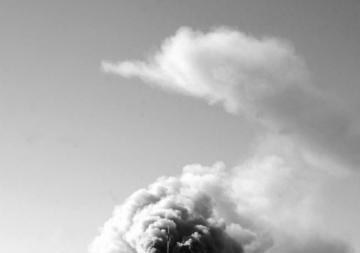
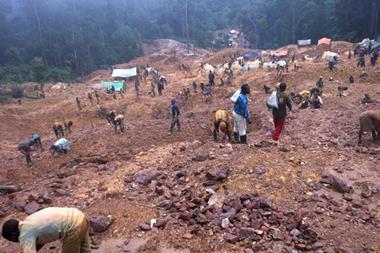
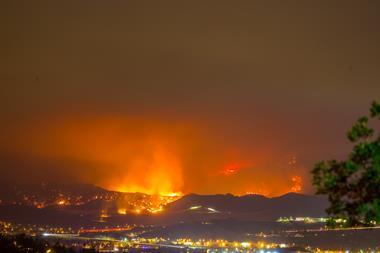








No comments yet